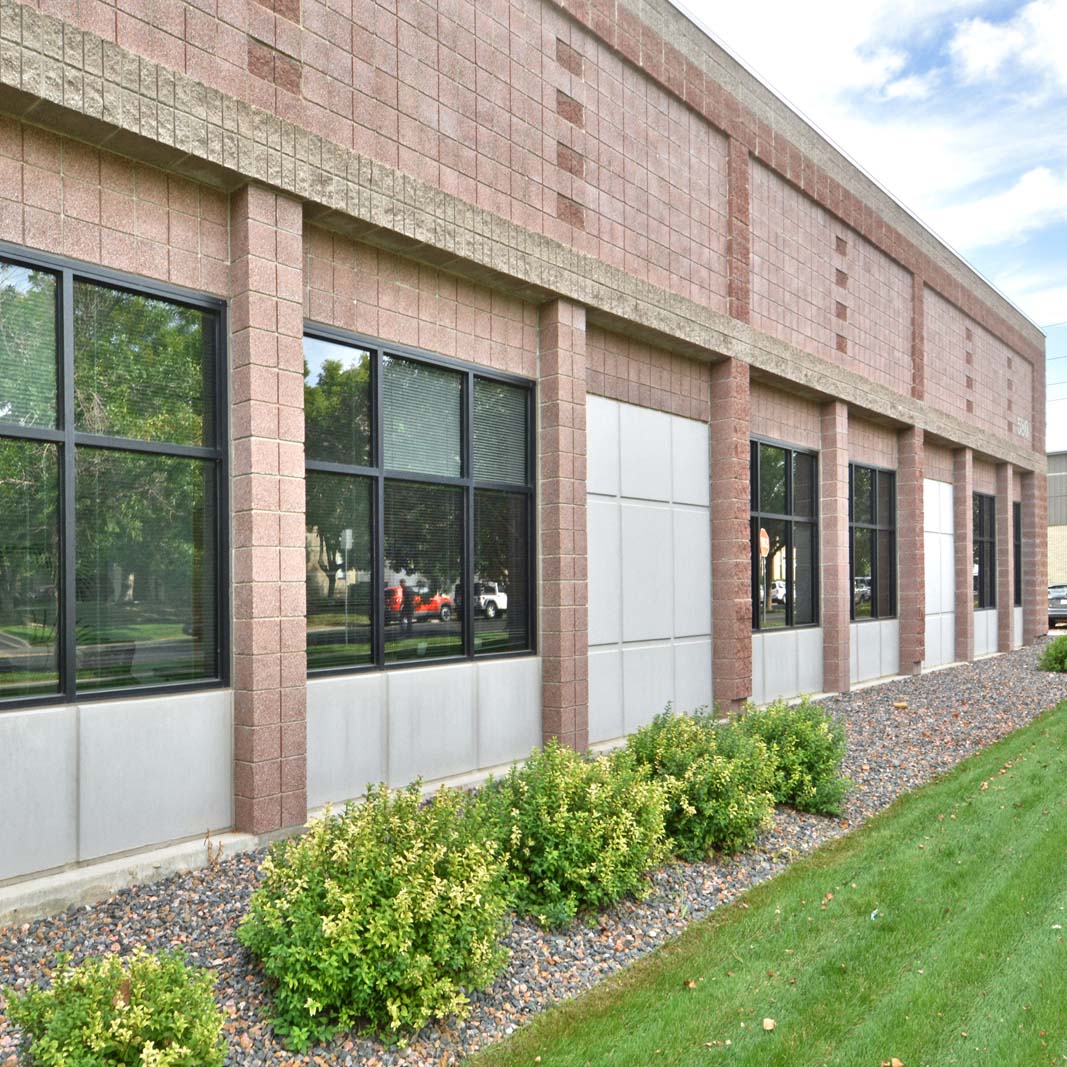
4 Factors Driving Investments in Commercial Real Estate
Since 2011, commercial real estate in Boulder County has seen a surge of investment. Not only from those traditionally involved in commercial real estate, but from many new players as well. Below are four factors that we see driving this change.
1. Market Volatility
2018 saw broad swings of market volatility causing scores of investors to punt on stocks and bonds and look to alternative investment classes such as private equity and commercial real estate. Real estate investments are known for stability and a reliable cash flow both of which are concerns raised by volatile markets. Commercial real estate investment is (most commonly) comprised of direct purchases, investments in real estate funds or REITs. The interest in this alternative asset class is driving nation-wide sales and leasing activity.
2. Safety Net Investment
We’ve established that real estate is an attractive investing alternative to stocks and bonds, but this is even more true in Boulder, a market considered to be the real estate version of a haven currency. In times of volatility or market uncertainty, investors turn to Boulder as a safe place for their investments. In recent years, Boulder has seen an uptick of out-of-town and foreign investors buying up commercial real estate. The upside? A strong market and healthy economy. The downside? Lower returns relative to past market cycles.
3. Transparency
Transparency in commercial property markets refers to the efforts made by the industry to adhere to clear and fair practices, rules and regulations, and to make market data readily available. Transparency allows investors to make clear decisions and for all participants in a transaction to have equal access to the same information.
The US has one of the world’s most transparent real estate markets and Denver ranked number 14 on JLL & LaSalle’s 2018 Global Real Estate Transparency Index. Transparency is investor friendly. In our real estate market, it is driving interest from sophisticated direct investors and fund managers alike.
4. Tax Incentives
Cities and economies benefit from a healthy real estate market which is why governments craft tax programs incentivizing growth and development. From the federal level to the municipal, there are tax programs aplenty for those looking to make moves in commercial real estate. Perhaps most newsworthy at the moment is the ongoing Opportunity Zones program (aka the 2017 Tax Cuts and Jobs Act) which we have been keeping a close eye on. This program provides tax incentives for investments in so-called Opportunity Zones. There are 9,000 zones across the country, identified as such for their persistently slow or depressed growth. Investors who buy, develop and hold properties for at least 10 years (among other qualifiers) pay no capital gains taxes upon the property’s sale (among other incentives).
So far, there seems to be increased sales and leasing activity in Opportunity Zones. However, a majority of investors have yet to pull the trigger on opportunity zone investments. But a recent survey by London-based Prequin suggests that over 50% of investors have considered it. They also predict more momentum with Opportunity Zones later this year when regulations are finalized (expected for June).
In addition to the opportunity zone program, cities, counties and states all offer their own tax programs. Be sure to ask us about what tax incentives are available for any given property of interest.
—
Whether you are considering a new or additional investment in commercial real estate, now is a good time. Commercial real estate is making its way to the top of the list of alternative investment assets. Don’t underestimate the value of having a (very transparent) expert on your team as you look into opportunities!
